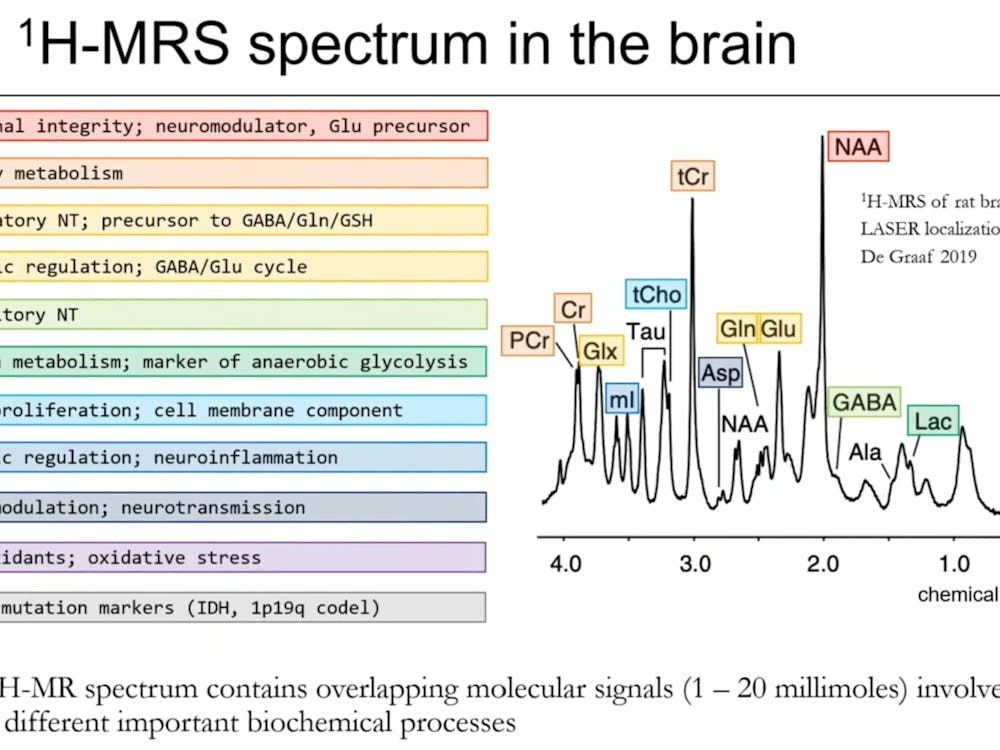On Oct. 8, 2025 the Department of Materials Science and Engineering hosted Yifei Mo for a seminar titled “Computation Accelerated Design and Discovery of Materials for Next-Generation Batteries.”
Mo opened with an overview of the components of a battery. Its structure can be compared to that of a sandwich, where the graphite anode, electrolyte and lithium metal oxide cathode correspond to bread, meat and bread, respectively. According to him, the core issue with conventional lithium-ion batteries lies in the use of a liquid electrolyte.
“Because it’s something organic, it’s highly flammable,” he said, referring to how organic solvents like dimethyl carbonate and ethyl methyl carbonate introduce safety hazards and compromise the battery's cycle life, which is measured by the number of charge-discharge cycles it can deliver over its lifetime.
These struggles led to the creation of solid-state batteries. As its name suggests, a solid-state battery replaces the liquid electrolyte with an organic, solid ceramic, like lanthanum zirconium oxides or polymers like poly(ethylene oxide). This effectively kills two birds with one stone, as switching from an organic electrolyte to a solid one eliminates the unstable solvent while increasing energy density and safety.
“Typically, a solid does not want to conduct [electricity],” Mo explained, because its ions are arranged in fixed positions in a lattice, preventing them from moving freely to generate a current. This challenge prompted researchers like Mo to leverage computational methods for exploring the diverse chemistries and structures of solid-state batteries. They hope to find one that performs comparably well to lithium-ion batteries, the gold standard for batteries because it has a very high energy density.
Among his focus areas are sodium-ion (Na-ion) batteries.
“Sodium is more abundant and cheaper than lithium, making it a very promising competitor for the next generation of battery technology,” he said.
However, because the sodium ion is larger than the lithium ion, it has a higher coordination number, meaning more atoms neighbor it. This reduces the mobility of ions through sodium-ion batteries, worsening their performance.
To overcome this, materials can be designed with face-sharing high-coordination sites, creating an open structure that allows for faster ion diffusion in certain circumstances. By inputting these design parameters into computational models, researchers can efficiently identify structures with optimal properties. In Mo’s case, he said his team was able to find “nineteen new structures that show decent sodium-ion conductivity,” following which they went to their experimental collaborator to attempt to synthesize the new materials.
Mo then moved on to discussing how other methods of computational analysis, specifically machine learning, find their way into materials research. Supervised learning involves providing the computer with labeled data, like the structure of a specific material and its corresponding properties.
However, there is often a lack of sufficient data to analyze. This is where unsupervised learning is valuable. By providing a computer with the limited unlabeled data available, it can be trained to identify patterns within this dataset and uncover new insights. These patterns include, but are not limited to, rules governing the crystal structure of solid-state electrolytes. With such insights, researchers can identify superionic conductors, materials with exceptionally high ionic conductivities, and predict the output features of batteries, like the total charge they can store and the maximum voltage they can output.
Looking ahead, Mo wants to apply computational tools, such as machine learning, to the study of disordered, or high-entropy, materials. Mixing similar proportions of five or more elements has been shown through simulations to create materials with enhanced stability over a range of conditions. Crucially, for battery creation, these materials lower the barrier for ion movement in solid-state electrolytes by creating local distortions within the lattice. When there are more possible paths for ions, some with a lower energy barrier than others, there is a net decrease in the energy required to facilitate ion movement, increasing ionic conductivity, which is the ultimate goal for any battery.
Mo’s research demonstrates how a unique interdisciplinary approach that synthesizes materials science and computational techniques can guide the design of next-generation batteries, paving the way for a greener and brighter future.





